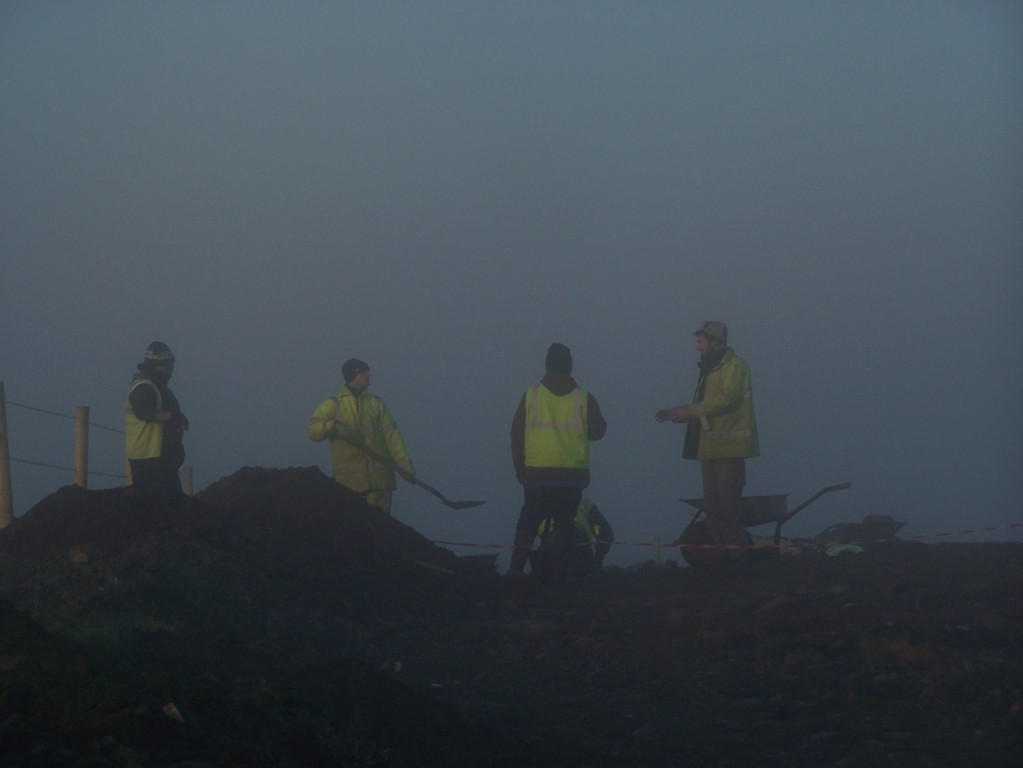The hilltop cemetery at Carrowkeel contained an overwhelming number of children’s graves, and the painstaking recovery of their fragile bones was both a poignant and unsettling encounter. It was eerily reminiscent of momento mori – the anonymous bones once displayed in medieval churches calling all bystanders to witness: remember that you too will die. For most of the time such thoughts were cast firmly aside, but in quiet moments I sometimes wondered whether the ethical professionalism surrounding me on site (not to mention the unruly gallows humour in the site hut) was also an attempt to insulate our modern sensibilities from what would otherwise be a frightening experience: facing the dead, and by reflection, our own mortality.
If archaeologists study the material remains of the human past, then it stands to reason that sooner or later they will come face-to-face with the mortal remains of the people who created that past. But what do we ultimately gain by disturbing the dead from their eternal slumber? And given that Human skeletons often reveal more about the life of an individual than their death, how do archaeologists learn about early societies from the way they treat their dead?
Over the winter of 2005/2006 I excavated a number of funerary sites on the N6 – and I have written about three of these sites in this months Current Archaeology: a Bronze Age pyre at Newford; an Early Christian transitionary burial from Ballygarraun West (excavated by John Lehanne); and an Early Medieval cemetery from Carrowkeel.
Download the full article here, and if you’re interested in similar sites, subscribe to Current Archaeology here.


